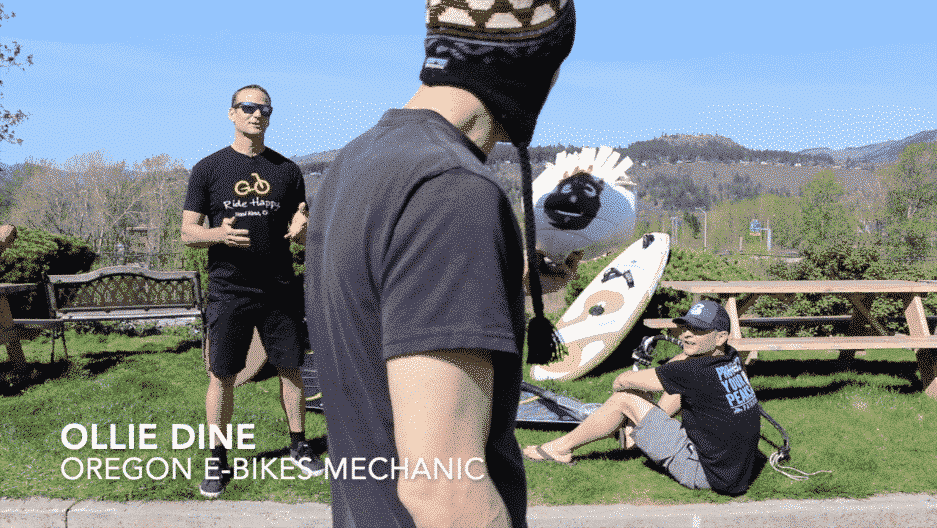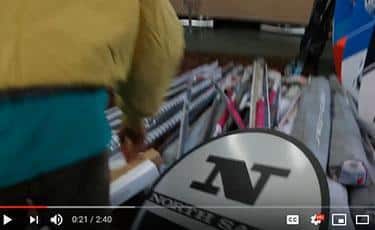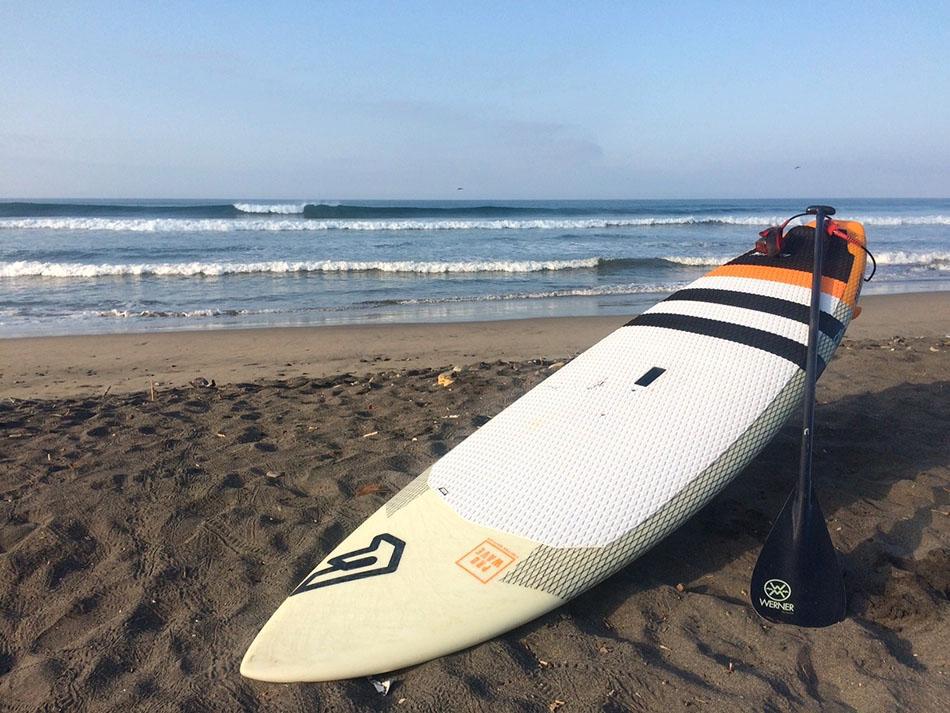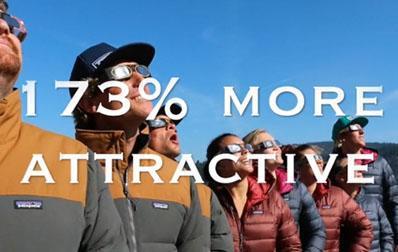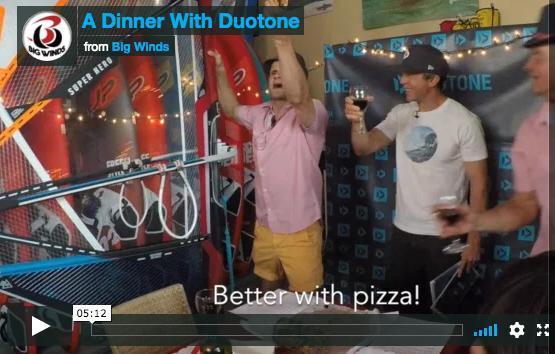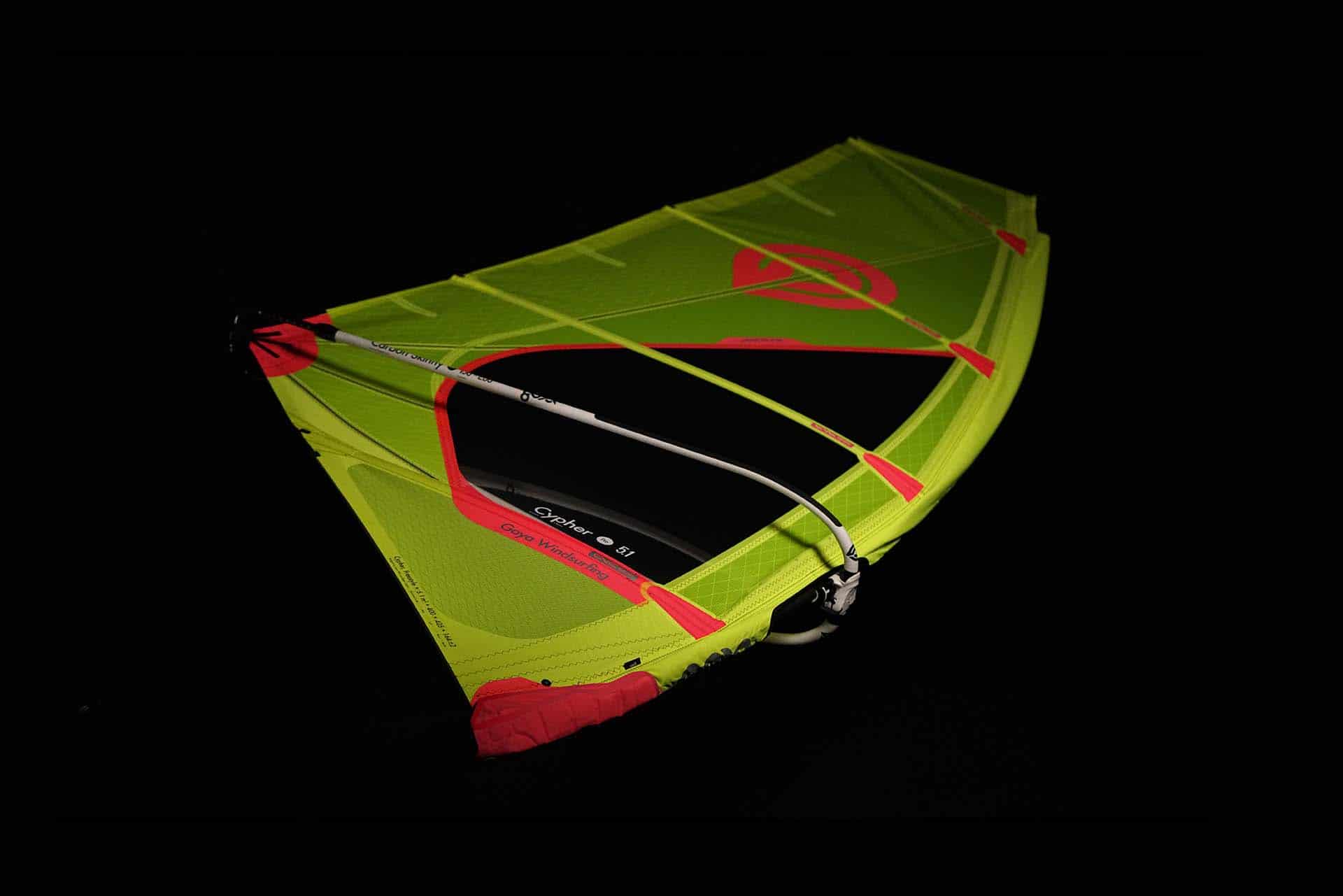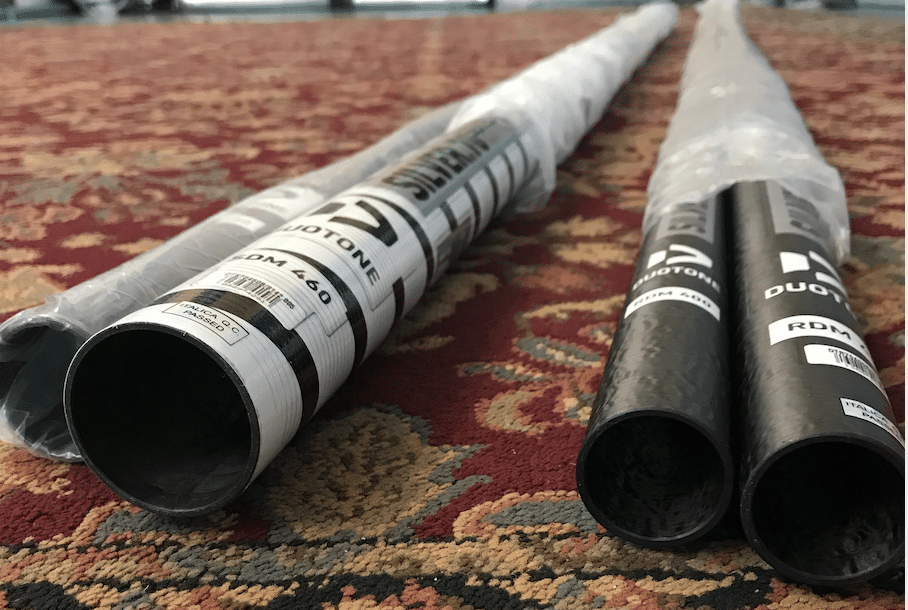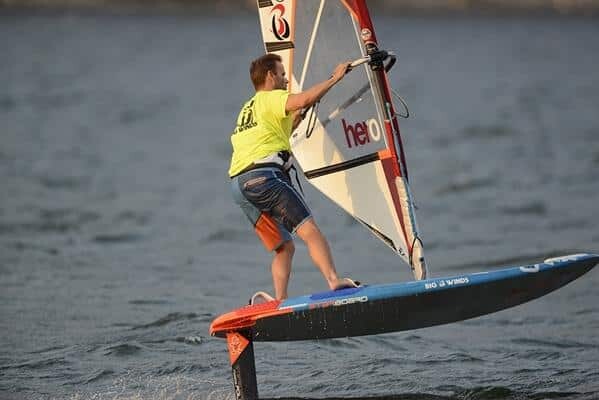Best Sail for Wind Foiling AND Windsurfing?

Best Sail for Wind Foiling AND Windsurfing?
The Goya Fringe rides great when matched with a fin or a foil. Here’s video proof that includes epic Baja footage, as well as insight from Goya sail designer Jason Diffin. It’s time to rig small, pack less and drop wind minimums. No compromises, cake and eat it too, 2-for-1 … One sail to rule them all!
Hear more from Jason Diffin in the interview far below.
2019 Goya Fringe Pro Sails 25% OFF!
2019 Goya Fringe X Sails 25% OFF!
2020 Goya Fringe and Fringe X Sails – Limited availability; ETA Mid April. Call 541 386 6086 to prebook.
Slingshot Ghost Whisper 101 Carbon Foil 101, $2,154, $1,399 ships free contiguous U.S.
Eddy Patricelli: Goya Fringe sails have caught fire among wind foilers. Yet Goya advertises the Fringe primarily as a wave sail. What makes it so well-suited for foiling?
Jason Diffin: Well, first off I’m stoked that so many people are enjoying the Fringe sails. So here’s what makes it so versatile.
– It’s exceptionally lightweight and works with a well-placed power pocket, and, most importantly, utilizes a smooth progressive twist that prioritizes control throughout the wind range.
– Enormously tune-able, and durable.
– Great visibility through the sail is a bonus.
EP: Where is the Center of Effort located in the Fringe relative to, say, a Banzai? How does the CE’s location impact the Fringe’s performance?
JD: Compared to Banzai, the CE location is actually pretty similar. Banzai will have more overall stability with 4 battens to stabilize the draft, but it weighs a bit more. This is good for normal windsurfing where sail needs to power up the board to get it planing. The stability from the battens keep the sail “quiet” in the hands and allow the sometimes gusty wind energy to be more smoothly transferred into manageable lift and then headway on the water.
Fringe profile moves a bit more overall, but due to the lighter weight, and the general strategy to upsize your board when riding the Fringe (or in the case of foil where you’re almost eliminating board drag), you can ride a smaller Fringe compared to Banzai and enjoy the benefits of easy handling on a smaller and lighter rig.
EP: How does the Fringe’s rig tension compare to that of a Banzai. More? Less? And again, what performance advantage does the Fringe gain in this dynamic?
JD: Fringe has less overall rig tension, which can really aid in generating lift through pumping (a useful technique for getting a smaller sail going), and also the lighter rig tension translates to a slightly softer feel, which can make you feel a little more connected to the wind energy in your sail.
EP: Other sail brands have offered three batten sails … briefly. Many discontinued them. What are the tradeoffs of a 3 batten sail, and how does the Fringe counter them?
JD: Tradeoffs … hmm … Well the main trade off with less battens is less overall stability but this can be mitigated, or even overcome by simply opting for a slightly higher volume board, and in the case of foiling, where once on foil there really isn’t much drag.
Also, what may be perceived as instability in the sail is actually the quickness/lightness in the sail. It is really easy to change direction quickly on Fringe. The sail is active in your hands, and receptive to quick inputs from the rider. The sail is incredibly interactive.
EP: In 2016, the sail you were most excited about was the Fringe, which you’d just introduced to the Goya line. How much has changed from that model to this one, and is the Fringe still the sail you’re the most excited to share of the Goya lineup?
JD: If I had to pick a favorite, it would still be Fringe. That’s not to say that it’s the best sail for everyone in every condition.
If you’re sailing powered up in strong winds on boards 80 liters and under a lot, and want smooth, forgiving steady control (like at the hatchery or storm sailing) then I would steer you towards Guru. In those same conditions Banzai will give pretty explosive performance and a more direct feel.
Personally, I love the Fringe in those conditions as well, because it allows me to ride smaller sails. I also use 100% masts and a lightweight carbon boom to optimize the performance feel of the rig.
Then, there’s the rest of what Fringe does well: dedicated wave sailing, of course! I also love a big Fringe on a free-ride board. It’s amazing to sail light winds on 5.7 or 6.3 and enjoy the ease of transitions, the light free feel that sail brings to those conditions. Oregon coast legend Dana Miller loves his Fringe sails for wave sailing, of course, and also skate sailing. It’s also a great sail to teach people how to windsurf on.
I would not choose Fringe if I was trying to win a race series of any sort, but then again, maybe I would! Often those races are won and lost in the maneuvers and transitions, situations where the Fringe excels.
 Eddy Patricelli is a co-owner of Big Winds. From 2001-2007 he was the editor of WindSurfing magazine. He has been windsurfing (and teaching windsurfing) for decades. See his best video tip for getting your kids onboard here.
Eddy Patricelli is a co-owner of Big Winds. From 2001-2007 he was the editor of WindSurfing magazine. He has been windsurfing (and teaching windsurfing) for decades. See his best video tip for getting your kids onboard here.


